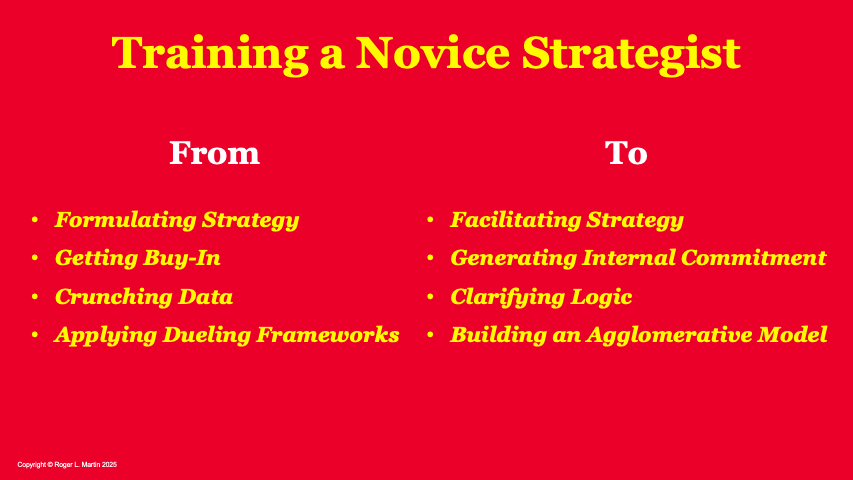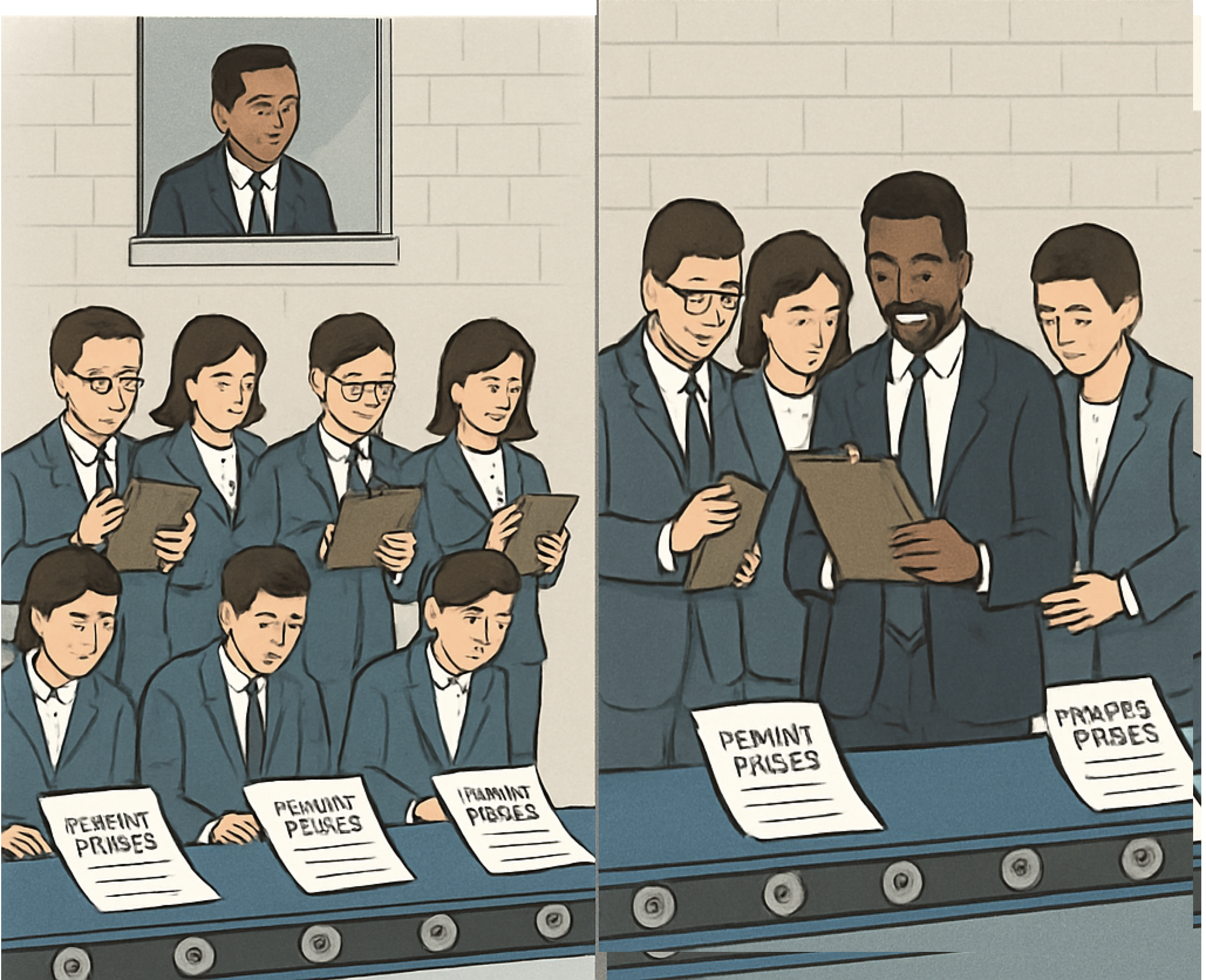1 min read
PIR 211 – Deidre Wright, CEO and Personal Brand Strategist at Strategic Stories
PIR 211 – Deidre Wright, CEO and Personal Brand Strategist at Strategic Stories by Antonio Canas Audio Version: ...
2 min read
.jpg) Nicholas Lamparelli
:
Sep 4, 2025 11:14:20 AM
Nicholas Lamparelli
:
Sep 4, 2025 11:14:20 AM

 Roger Martin, one of the lead academics in strategy recently wrote an article in Medium about how to train and develop strategists. I think this is a crucial article for business leaders to read because I beleive a lot of what happens in companies, especially in insurance organizations is NOT strategy.
Roger Martin, one of the lead academics in strategy recently wrote an article in Medium about how to train and develop strategists. I think this is a crucial article for business leaders to read because I beleive a lot of what happens in companies, especially in insurance organizations is NOT strategy.
There is a lot of planning.
There is a lot of execution of activity.
But is this planning and activity ruthlessly focused on strategy? I dont think so.
In the book The 4 Disciplines of Execution, the authors discuss how most business get stuck in the whirlwind. All that daily activity, that just exists, become habitual, and seems impossible to break free from. I believe that a lot of the planning and activity in insurance organizations is IN SUPPORT of the whirlwind and not in an execution of a strategy (which paraphrasing Roger Martin, I define as, the integrated set of decisions that a company makes, that sets up a playing field where they can be successful and win!
Thus, this article that Mr. Martin wrote is crucial, because we need to be developing more strategists within our organization AND we need to be more strategic about the whirlwind.
The first crucial transformation involves moving away from the common misconception that strategists create strategy. In reality, successful strategies emerge from line managers who own the decisions and outcomes. The strategist's true value lies in facilitating the process through which these managers make strategic choices. This means developing skills in structuring productive dialogues, balancing advocacy with inquiry, and creating environments where management teams can effectively explore strategic options.
One of the most counterproductive approaches in strategy implementation is the traditional two-step process: first developing the "right answer," then seeking buy-in. This approach typically fails because people naturally resist being "bought in" to decisions they weren't part of making. Instead, effective strategy requires generating internal commitment by involving key stakeholders in the decision-making process from the start. This doesn't mean everyone needs to be involved in every decision, but rather that those who need to execute the strategy should have a voice in its development.
While data analysis is important, strategy fundamentally revolves around logical arguments about future possibilities. Novice strategists need to shift from over-relying on data crunching to developing skills in clarifying and testing strategic logic. This includes becoming proficient in using tools like the "What Would Have to be True" framework (this framework is discussed a lot in Mr. Martin's content and books) to reverse-engineer the logic behind strategic choices and help management teams evaluate different strategic possibilities.
Rather than jumping between various strategic frameworks—whether it's blue ocean strategy, five forces, or business model canvas—effective strategists need to develop their own integrated model over time. This means carefully selecting and combining elements from different frameworks that work together coherently, rather than applying multiple unconnected models. This integration process is a career-long journey that results in an increasingly sophisticated and personalized approach to strategy.
Becoming an effective strategist isn't about natural talent—it's about deliberate practice and development. For those early in their strategic careers, this means:
The role of a strategist isn't to have all the answers but to help line managers make better strategic choices. This requires a fundamental shift in mindset from being an answer provider to becoming a process facilitator who helps surface great ideas, involves the right people, and tests strategic logic effectively.
Success in strategic roles comes through continuous practice and development. Whether working with a mentor or developing independently, the focus should be on building these core capabilities while moving away from the traditional approaches that often hinder strategic effectiveness.
By making these fundamental shifts, novice strategists can develop into valuable partners who help organizations make better strategic choices and achieve more successful outcomes. The journey isn't quick or easy, but understanding and embracing these transformations is essential for anyone aspiring to excel in strategic roles.

1 min read
PIR 211 – Deidre Wright, CEO and Personal Brand Strategist at Strategic Stories by Antonio Canas Audio Version: ...

2 min read
While the insurance sector has long prided itself on stability, analytical rigor, and process excellence, these very strengths might be limiting our...

5 min read
Budgeting for Strategic Initiatives – Allocating the Resources for Pursuing Goals with Confidence by Carol Williams This article first appeared...